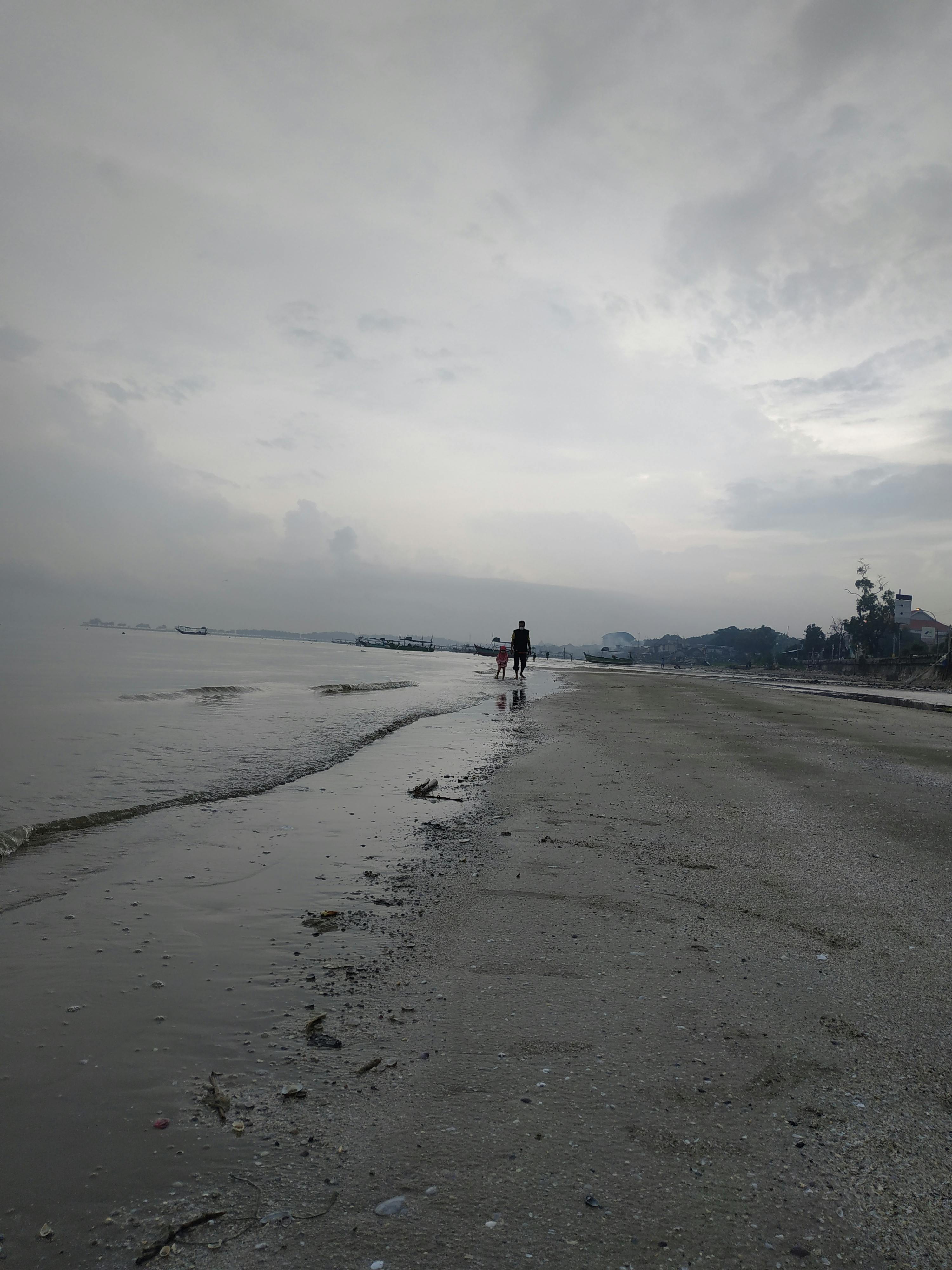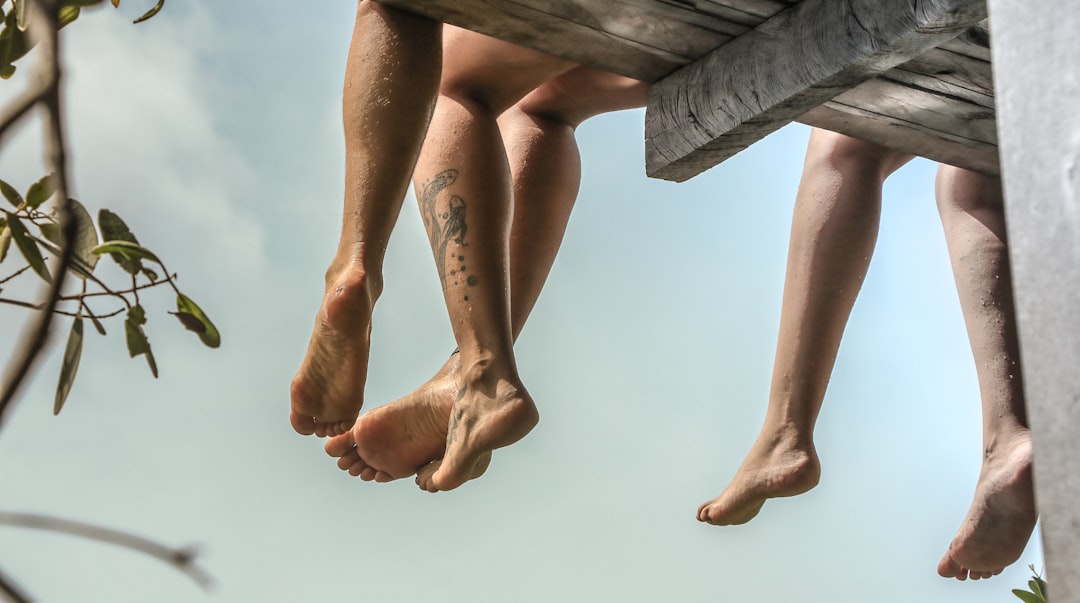Welcome, fellow travelers on the journey of life and wellness! Today, we’re delving into a topic that often sparks curiosity and concern: the alignment of our legs. Specifically, we’ll explore the differences between “O-legs” (genu varum) and “X-legs” (genu valgum) and address the common question – which one is truly more detrimental to your long-term health?
Understanding your body’s mechanics is crucial for preventing future discomfort and maintaining an active lifestyle. This comprehensive guide will break down each condition, discuss their potential impacts, and offer insights into when to seek professional advice. By the end of this article, you’ll have a clearer picture of leg alignment and how it affects your overall well-being.
Understanding Genu Varum (Bow Legs)
Genu varum, commonly known as bow legs, is a condition where the knees angle outwards, causing the legs to appear bowed, even when the ankles are together. This alignment is often observed in infants and toddlers, and in many cases, it naturally corrects itself as a child grows, typically by the age of two.
However, if bow legs persist beyond early childhood or develop later in life, they can indicate an underlying issue. The outward bowing places increased stress on the inner (medial) compartment of the knee joint, which can lead to various orthopedic problems over time.
Common Causes of Bow Legs
- Physiological Bowing: The most common cause in infants, which usually resolves spontaneously.
- Blount’s Disease: A growth disorder affecting the shinbone (tibia) near the knee, causing it to bow outwards.
- Rickets: A condition caused by a deficiency in Vitamin D, calcium, or phosphate, leading to softening and weakening of bones.
- Osteoarthritis: Degenerative joint disease, particularly in the medial compartment, can lead to or worsen a varus deformity in adults.
- Bone Fractures or Infections: Injuries or infections that affect the growth plates in children can sometimes result in angular deformities.
Did You Know? Mild physiological bowing in toddlers is so common that it’s considered a normal part of development. It’s only when the bowing is severe, asymmetrical, or persists beyond a certain age that medical evaluation is typically recommended.

Understanding Genu Valgum (Knock Knees)
Genu valgum, or knock knees, is characterized by the knees touching or “knocking” together when a person stands with their feet apart. This alignment causes the lower legs to angle outwards from the knees. Like bow legs, knock knees are often a normal part of childhood development, typically peaking around ages 2 to 5.
If knock knees are significant, asymmetrical, or persist into adolescence or adulthood, they can place undue stress on the outer (lateral) compartment of the knee joint. This can lead to pain, instability, and an increased risk of specific orthopedic issues.
Common Causes of Knock Knees
- Physiological Genu Valgum: Common in children aged 2-5, usually resolves naturally by age 7 or 8.
- Obesity: Excess weight can put additional stress on the knees, contributing to or worsening valgus deformity.
- Rickets: Similar to bow legs, Vitamin D deficiency can also cause knock knees.
- Injuries or Infections: Trauma to the growth plates around the knee can disrupt normal bone growth.
- Genetic Syndromes: Certain genetic conditions, though rare, can be associated with genu valgum.
“Both genu varum and genu valgum represent deviations from ideal lower limb alignment. While often benign in childhood, persistent or symptomatic cases in any age group warrant careful evaluation to prevent long-term complications like accelerated osteoarthritis.”

The Impact on Your Body: Beyond Aesthetics
While the visual appearance of bow legs or knock knees is often the first thing people notice, the real concern lies in their biomechanical impact. Both conditions alter the distribution of weight and stress across the knee joint, which can lead to a cascade of problems throughout the lower kinetic chain.
Potential Health Consequences
- Knee Pain: Due to uneven pressure on cartilage and ligaments.
- Accelerated Osteoarthritis: The most significant long-term risk. Bow legs increase wear on the inner knee, while knock knees affect the outer knee.
- Ligament Strain: The altered alignment can put excessive tension on certain knee ligaments, potentially leading to instability.
- Patellofemoral Pain Syndrome: Misalignment can affect the tracking of the kneecap, causing pain around it.
- Gait Abnormalities: Both conditions can lead to an altered walking pattern, affecting balance and efficiency.
- Hip and Ankle Issues: The body compensates for knee misalignment, potentially causing pain or dysfunction in adjacent joints.

O-Legs vs. X-Legs: Which is “Worse”?
The question of which condition is “worse” is complex and doesn’t have a simple answer. Both genu varum and genu valgum can lead to significant health issues if severe or left untreated. The severity of the deformity, the underlying cause, and the individual’s symptoms are far more important indicators of risk than the type of alignment itself.
Key Considerations for Risk Assessment
- Severity of Deformity: A more pronounced angle in either direction generally correlates with a higher risk of complications.
- Age of Onset and Progression: Deformities that appear or worsen in adolescence or adulthood are often more concerning than physiological variations in young children.
- Symptom Presence: Pain, instability, or functional limitations are clear signs that the alignment is causing problems and requires attention.
- Underlying Cause: Conditions like Blount’s disease or rickets require specific medical intervention, regardless of whether they cause varus or valgus.
- Individual Activity Level: Highly active individuals with significant misalignment may experience symptoms earlier due to increased stress on the joints.
Expert Consensus: Orthopedic specialists generally agree that both conditions, if symptomatic or severe, can lead to similar long-term outcomes, primarily osteoarthritis. The specific compartment of the knee affected differs, but the degenerative process is similar.
When to Seek Professional Advice
While many cases of bow legs and knock knees in children resolve naturally, it’s essential to know when to consult a healthcare professional. Early diagnosis and intervention can prevent long-term complications and improve outcomes.
Signs You Should Consult a Doctor
- The bowing or knocking is severe or asymmetrical (one leg is worse than the other).
- The condition is worsening rapidly.
- The child is experiencing pain, limping, or difficulty walking.
- The deformity persists beyond the typical age of resolution (e.g., bow legs after age 2, knock knees after age 7-8).
- An adult develops new-onset bow legs or knock knees, or experiences increasing pain with an existing deformity.
Treatment Approaches
Treatment options vary depending on the cause, severity, and age of the individual.
- Observation: For mild physiological cases in children.
- Bracing: Can be used in some cases of Blount’s disease or other growth plate issues in children.
- Physical Therapy: To strengthen supporting muscles, improve gait, and manage pain.
- Weight Management: Crucial for individuals with obesity contributing to knock knees.
- Surgery (Osteotomy): In severe cases, a surgical procedure to realign the bone may be necessary to correct the angle and prevent further joint damage.
Comparative Overview: Bow Legs vs. Knock Knees
To summarize the key differences and similarities, here’s a quick comparison:
| Feature | Genu Varum (Bow Legs) | Genu Valgum (Knock Knees) |
|---|---|---|
| Appearance | Knees angle outwards, legs bow. | Knees touch, lower legs angle outwards. |
| Primary Stress on Knee | Inner (medial) compartment. | Outer (lateral) compartment. |
| Common Age (Physiological) | Infants to 2 years old. | 2 to 5 years old. |
| Long-Term Risk (if severe) | Medial compartment osteoarthritis. | Lateral compartment osteoarthritis. |
| Associated Conditions | Blount’s disease, Rickets. | Obesity, Rickets. |
Conclusion: Prioritizing Your Knee Health
In the debate of “O-legs vs. X-legs,” the key takeaway is that neither is inherently “worse” than the other in all circumstances. Both genu varum and genu valgum are forms of lower limb misalignment that, if severe, progressive, or symptomatic, can lead to significant orthopedic challenges, most notably accelerated osteoarthritis. The true risk lies in the degree of the deformity and its impact on an individual’s joint health and function.
Prioritizing your knee health means being aware of your body’s alignment, especially if you experience pain, instability, or notice a significant change in your leg shape. Early consultation with an orthopedic specialist can provide an accurate diagnosis and guide appropriate management, from observation and physical therapy to surgical intervention when necessary.
Take Action: If you or a loved one are concerned about leg alignment, don’t hesitate to seek professional medical advice. Maintaining a healthy weight, engaging in regular, low-impact exercise, and strengthening the muscles around your knees can also contribute significantly to long-term joint health.
What are your experiences or concerns regarding leg alignment? Share your thoughts in the comments below!
Further Reading & Resources
- Bowlegs (Genu Varum) – American Academy of Orthopaedic Surgeons (AAOS): A reliable source for detailed information on bow legs.
- Knock-Knees (Genu Valgum) – American Academy of Orthopaedic Surgeons (AAOS): Comprehensive information on knock knees from a trusted medical organization.
- The Role of Lower Limb Alignment in Knee Osteoarthritis – NCBI (2022): A scientific article discussing the link between leg alignment and osteoarthritis.
